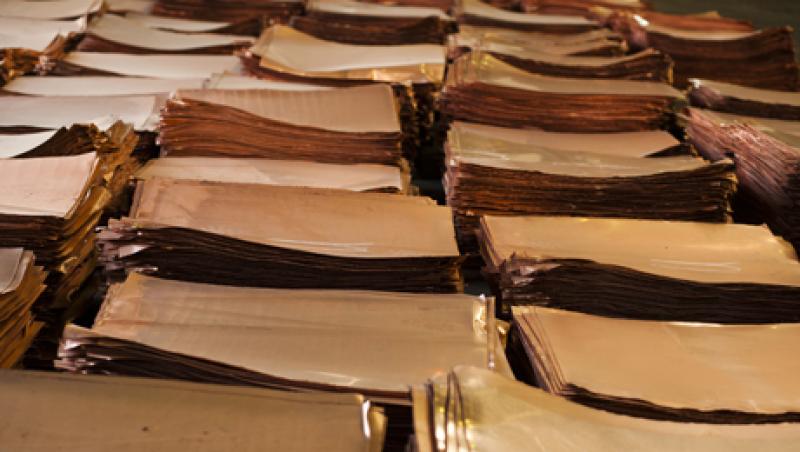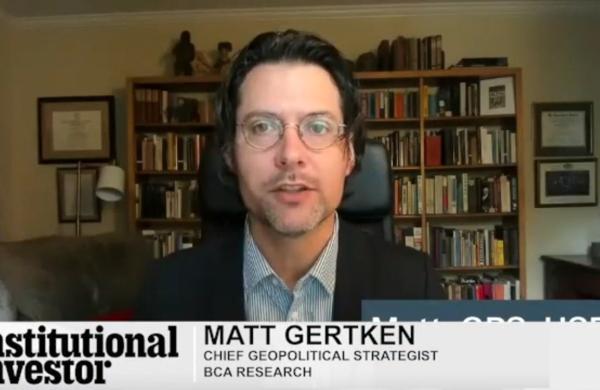Four U.S. copper fabricators and an international copper merchant have banded together and hired a law firm to oppose J.P. Morgan and BlackRock in their plans to launch the first ETFs backed by physical copper in the U.S. They fear the two ETFs will take copper, demand for which currently exceeds supply, off the market, leading to shortages and higher prices for industrial users. Basically, they fear hoarding.
Interestingly, though, they’re not fighting the third contender — ETF Securities of London — which has filed with the SEC for a full suite of seven physical industrial metal ETFs, including copper. The lawyer for the group says there’s a significant difference in how ETF Securities plans on managing its copper stocks, if it gets SEC approval.
The group has already managed to throw one wrench into the works. The proposal of NYSE Arca (formerly Archipelago) to list and trade shares in J.P. Morgan’s JPM XF Physical Copper ETF hit the 90-day mark on July 19, and rather than granting or denying approval, the SEC instituted a round-two proceeding seeking more comments. There’s already been a significant back-and-forth between the copper group’s attorney, Robert Bernstein of Vandenberg & Feliu in New York City, who filed two SEC comment letters, and NYSE Arca, which filed its own comment letter in response to his first letter.
NYSE Arca also filed to list and trade iShares Copper Trust on June 22. Bernstein has already fired off another comment letter opposing that one as well, dated July 18.
So why isn’t the British company in the line of fire?
Bernstein says that’s because the ETF sponsor is planning on keeping their copper “on warrant” in warehouses operated by the London Metal Exchange, which means “they will be subject to LME rules for lending.” If a shortage should arise, those entities that are storing copper in LME warehouses on warrant are required under the LME’s rules to lend it back to the market, precisely “to avoid a squeeze,” he says, noting that the rules “require anyone holding 50 percent or more of the market to lend what they have at a discount to any backwardation premium that might be charged. [Backwardation occurs when prices are higher in the near term than the long term.] The more that’s held, the greater the discount so that there’s no incentive to hoard metal in order to extract a premium from those who need it.”
Most of the copper that’s produced is delivered to industrial concerns under long-term contracts, and that in turn means the only copper that’s available for immediate delivery is the copper that’s currently being stored in LME warehouses under warrant, and to some extent, at Comex warehouses, most of which are located near copper mines in Arizona and California, “and that’s very limited,” says Bernstein. What his group fears, he says, is that by simply taking their copper off warrant, the ETF sponsors could create an “artificial shortage,” driving prices up. What has his clients so upset is that they think that’s exactly what the ETF sponsors intend to do, “to remove enough copper from the market to drive the price of copper above the cost of monthly storage,” which is considerable since copper is big and heavy and trades in 25-ton lots, he says. Otherwise, their investors “may well lose money,” he says.
NYSE Arca, in its response on the JPM product, says that Bernstein’s arguments are “either based on incorrect information or insufficiently substantiated,” and that it “understands that it is unlikely that the Trust [the JPM ETF] or its authorized participants would take LME-warranted copper ‘off warrant’ in connection with the Trust’s operations.” Rather, they maintain, “the Trust will only be permitted to hold copper that is not LME-warranted.”
William Rhind, the managing director of ETF Securities (U.S.), citing “the fact that we are still in the SEC registration process and subject to the ‘quiet period,’” declined comment.
In its order, the SEC also cited a comment letter it had received from Senator Carl Levin of Michigan, the chairman of the Senate’s Permanent Subcommittee on Investigations.
The SEC noted that both Vandenberg & Feliu and Senator Levin “state that the Trust and the proposed iShares Copper Trust, collectively, will remove from the market a substantial percentage of the copper available for immediate delivery, with Senator Levin stating that the Copper Trusts would hold approximately 34 percent of the copper stocks available for immediate delivery and would remove from the U.S. market over 55 percent of the available copper.” Quoting from one of the law firm’s comment letters, the SEC then went on to say that the law firm maintained that the consequences would be “far-reaching and potentially devastating to the U.S. and world economies,” including “shortages of copper, higher prices for consumers, and increased volatility.” The SEC asked if commenters would agree or disagree with those statements, and if so, why or why not.
That may be the key question out of the twelve questions being posed by the SEC.
So far, the battle has been largely between Bernstein’s group and NYSE Arca, and observers are wondering whether other parties will join the fray.
Bernstein’s group represents a formidable block since “together these companies comprise about 50 percent of the copper fabricating capacity of the United States,” he says, in one of his comment letters. Those companies are Southwire, headquartered in Carrollton, Georgia; Encore Wire of McKinney, Texas; London-based Luvata, which has plants in eight states; and AmRod, based in Port Newark, New Jersey. The group also includes RK Capital, an international copper merchant with offices in London and New York.
Both J.P. Morgan and BlackRock filed their original SEC applications for these ETFs in October 2010, and both have already amended their filings a number of times. Given the filings by NYSE Arca to list the two ETFs, until the battle of the comment letters started, it was widely believed that SEC approval was at hand. Until now, they hadn’t faced any opposition.
ETF Securities filed more recently, in February of 2011.






